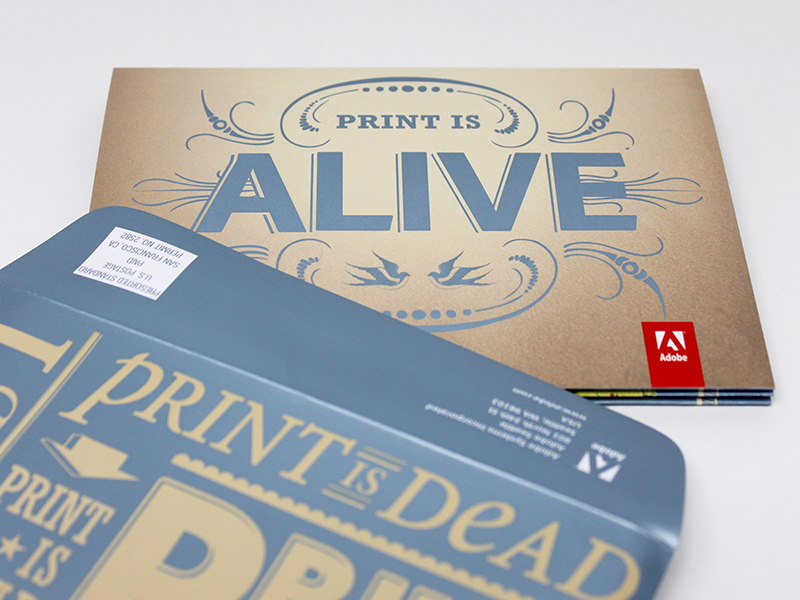 How can publishers change the perception that print is dying? That’s the question asked by Adreana Young in Editor & Publisher.
How can publishers change the perception that print is dying? That’s the question asked by Adreana Young in Editor & Publisher.
“Where did this notion that print is on the decline come from? The rise of the digital age? Newspapers and magazines’ formatting has now expanded to include Web and mobile,” responded magazine journalism major Alex Delaney-Gesing of Kent State University, who sees an opportunity for editorial changes. “However, that doesn’t mean these mediums are replacing the original. In fact, a study conducted by Nielsen found that 51 percent of newspaper readership is exclusively in print.”
Young makes the valid point that, due to the instantaneous nature of digital content, the hard-hitting, breaking news story is no longer the selling point for the newspaper.
“Breaking news has become mainly reserved for online and television, where updates can be made within minutes,” she notes.
“Rather than the basic ‘who, what, when, where, why and how’ typically associated with hard news, print publications now have the opportunity to delve deeper into the types of stories they produce: in-depth pieces, topics not necessarily associated with the latest politics and sports updates,” Delaney-Gesing continues.
Darren Edwards, the managing editor of The Southern Utah Independent and founder of indie arts magazine The Creative, looks at print in 2017 from a pragmatic business approach.
“Successful sales teams have an arsenal of arguments available for hesitant advertising clients. These arguments stretch from the fact that readers are more focused while engaging a print publication to the coffee table appeal that adds longevity to print ads,” he explains.
“As editors, our most effective tool for changing the perception that print is dead is to just keep doing what we’re doing,” Edwards continues.
“I know that sounds overly simplistic, but since the argument that print is dying (or dead) is invalid—as proven by our continued existence—our most effective strategy is to keep putting out quality content, the kind of content readers expect when they pick up a print publication, the kind of content that continues to give readers the impression that print is a more trustworthy source of information than the Web, the kind of content that doesn’t bombard readers but carefully frames each article, ad, image, and idea,” he notes
From where we sit, publishers and others are already doing a great job with this. This has been called a new golden age for magazines, with indie titles blossoming and brand publishing gaining even more momentum. Marketers are taking a new look at print as the way to leverage the current nostalgia movement, while consumers are eating up the luxurious experience of good print. Good print is having a great time. Good publishers will continue to find ways to make it work.
